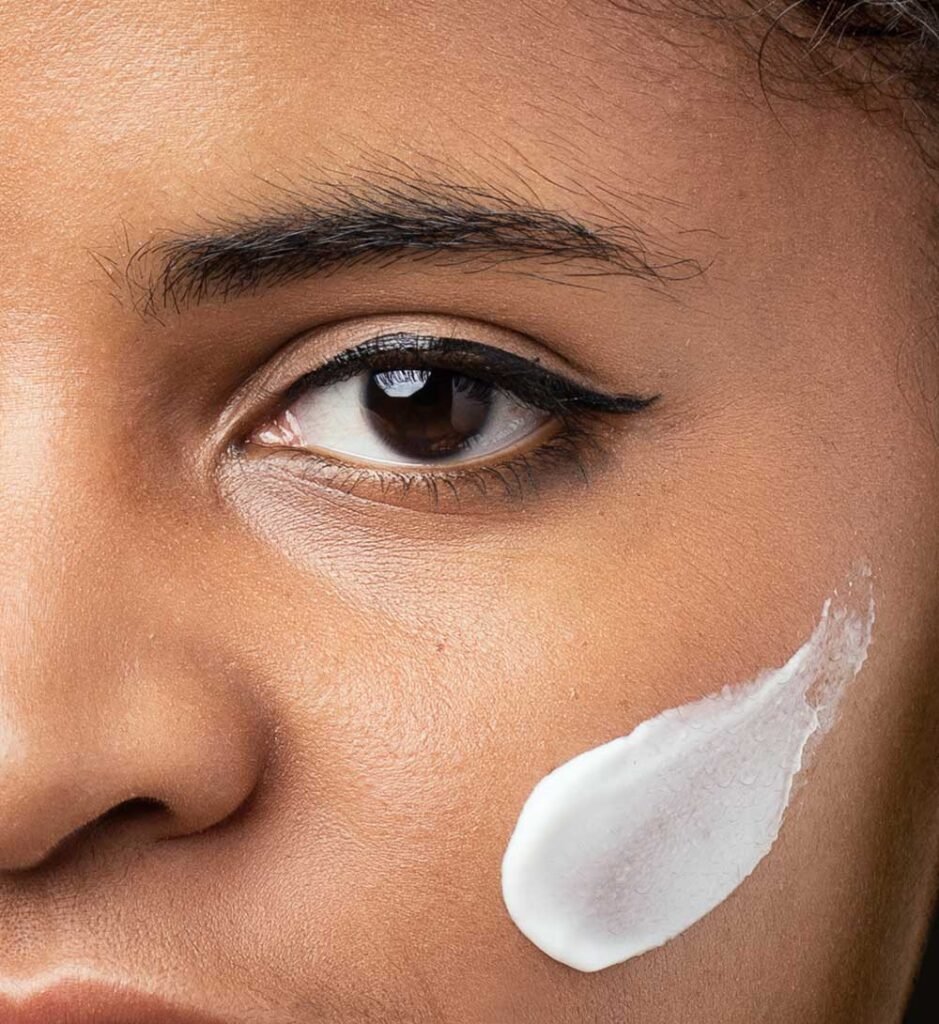Embarking on a journey towards healthy, glowing skin begins with a fundamental step: understanding your skin type. Just as each person is unique, so is their skin. From oily to dry, combination to sensitive, deciphering your skin type empowers you to choose the right products and routines that cater to its specific needs. Let’s unravel the mystery of identifying your skin type and pave the way for a personalized skincare regimen.
1. Cleansing Ritual:
Kickstart your investigation by observing your skin’s behavior after cleansing. If your skin feels tight and parched, it might lean towards dryness. If there’s an immediate shine, oily tendencies might be at play. Balanced skin feels comfortable after cleansing, neither excessively oily nor overly dry.
2. Midday Check:
Around midday, take a peek in the mirror. If your forehead, nose, and chin (the T-zone) appear shinier compared to the rest of your face, you likely have combination skin. If your entire face shines uniformly, oily skin might be your skin’s type. On the other hand, if your skin feels comfortable and without much shine, it could be normal.
3. Touch and Texture:
Gently touch your skin with clean fingers. If it feels rough, flaky, or tight, your skin might be dry. If it feels soft and smooth, it’s a sign of balanced or normal skin. Oily skin can feel slightly greasy to the touch.
4. Reaction to Products:
Pay attention to how your skin responds to skincare products. If it stings, turns red, or feels irritated easily, you likely have sensitive skin. Products that cause minimal reactions indicate a more resilient skin type.
5. Pore Size:
Inspect your pores in a well-lit area. If your pores appear larger and are often congested with debris, your skin might be oily or combination. Smaller, less visible pores are indicative of normal or dry skin.
6. Weather Impact:
Observe how your skin behaves during different weather conditions. Dry skin tends to feel tighter during colder months, while oily skin might be less oily in dry climates. Sensitivity could result in redness and irritation under extreme weather conditions.
7. Acne Proneness:
Consider your history with acne. Oily and combination skin types are more prone to acne due to increased sebum production. Dry skin types might experience fewer breakouts but can still be susceptible to hormonal acne.
8. Professional Opinion:
If you’re unsure about your skin type, seeking a professional’s opinion, such as a dermatologist or licensed esthetician, can provide clarity. They can perform a thorough analysis and recommend suitable products and treatments.
Embrace Your Skin’s Identity:
Identifying your skin type is an essential step on your skincare journey. Armed with this knowledge, you can curate a skincare routine tailored to your skin’s unique needs. Remember that skin type can change due to factors like age, environment, and lifestyle. As you embrace your skin’s identity, you’ll find the confidence to navigate the vast world of skincare with wisdom and self-assuredness.
Book your appointment here!

